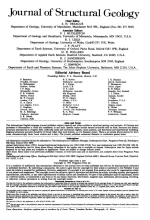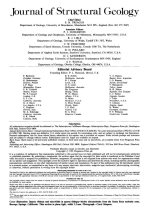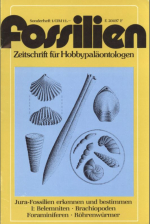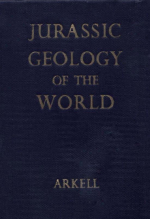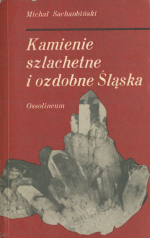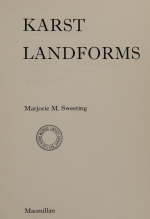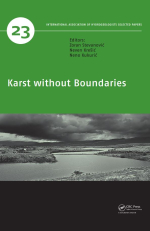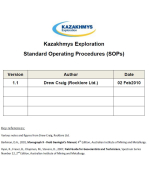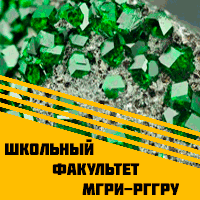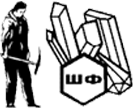K-MINE – это специализированная геоинформационная система для решения задач геодезии, картографии, геологии, проектирования.
Существуют специализированные решения K-MINE для предприятий горногопроизводства, сельского хозяйства, транспорта и др. Основой для работы системы служат цифровыетрехмерные модели объектов различной сложности (карты местности, модели месторождений, генеральныхпланов, полей сельскохозяйственного назначения, карьеров, шахт и др.). Наличие специализированногоматематического аппарата позволяет объединять геоданные с таблично-графической информацией, чтоприводит к возможности создания многосвязных аналитических отчетов, проектной документации, построениякомплексных проектных решений для производства и хозяйственной деятельности.
Разработчиком системы является компания «КРИВБАССАКАДЕМИНВЕСТ» (г. Кривой Рог, Украина). Первая версия системы вышла в свет в 1998 г. недропользование <...>


